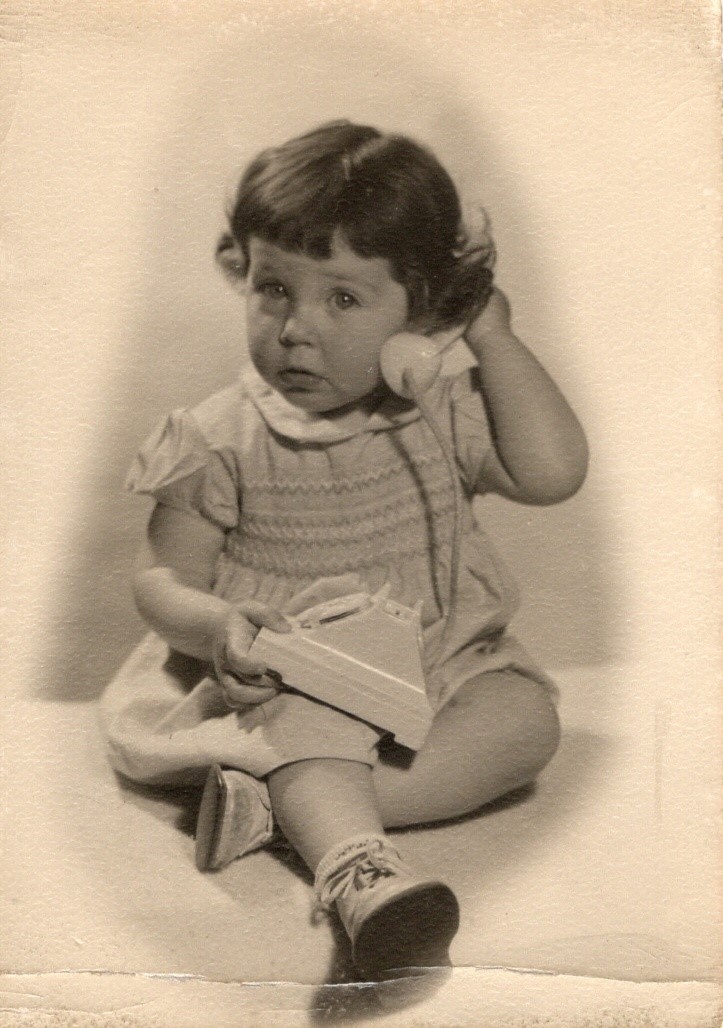 I was at an exhibit a few weeks ago at Morven–the historic house and museum in Princeton–to see an exhibit about the Bell Telephone Company, whose history is so much a part of twentieth-century New Jersey. The exhibit was especially focused on Bell Laboratories, the R&D arm of AT&T, which has a distinguished history of innovation in the field of telecommunications. Having lived in Monmouth County for many years, I was very much aware of the presence of Bell Laboratories locations all over the county and the milestones in telecommunications that took place there. The first ship-to-shore transmissions took place near the shore and the first transatlantic telephone call was made from Deal Test Site, now a park where you can see the remnants of the old buildings where the research was done. Marconi ran tests in transatlantic radio telegraphy from Atlantic Highlands at the northern end of the Jersey Shore.
I was at an exhibit a few weeks ago at Morven–the historic house and museum in Princeton–to see an exhibit about the Bell Telephone Company, whose history is so much a part of twentieth-century New Jersey. The exhibit was especially focused on Bell Laboratories, the R&D arm of AT&T, which has a distinguished history of innovation in the field of telecommunications. Having lived in Monmouth County for many years, I was very much aware of the presence of Bell Laboratories locations all over the county and the milestones in telecommunications that took place there. The first ship-to-shore transmissions took place near the shore and the first transatlantic telephone call was made from Deal Test Site, now a park where you can see the remnants of the old buildings where the research was done. Marconi ran tests in transatlantic radio telegraphy from Atlantic Highlands at the northern end of the Jersey Shore.
Like many large companies in the previous century, diversity in hiring staff at Bell Laboratories was not company practice. No Jews were hired until after World War II and no Blacks were hired until the 1970s. (Bell Laboratories was founded in 1925.) The exhibit at Morven had several panels about the diverse staff who enriched the company’s research and culture. I was very interested in one particular panel about Marion Croak, a Black woman who joined the Labs in 1982. It is quite astounding to me that her name is not more well-known. Here’s the blurb that was next to her photograph:
“Marion Croak began her career at Bell Labs…in the Human Factors research division. She became interested in converting voice data into digital signals, which would allow people to speak via the internet instead of telephone lines. This Voice over Internet Protocol (VoIP) technology allows the videoconferencing that has become commonplace. Today she is a Vice President of Engineering at Google. She holds over 200 patents.”
So there’s no specific book attached to this post, but just a reminder that women’s contributions, and minority women in particular, rarely get the attention they deserve. Lately, there have been a number of books reminding us of this. I probably don’t have to mention Hidden Figures: The American Dream and the Untold Story of the Black Women Mathematicians Who Helped Win the Space Race, and there’s been a spate of books recently about women spies in World War II: American, British, French, and Russian. In researching Marion’s biography, I found that she was inducted into the Women in Technology International Hall of Fame, a site worth looking at.
Correction: The first Black employee at Bell Labs was the engineer W. Lincoln Hawkins. He was hired in 1942.
Here’s a short bio of his career there; the link to the bio is at the end.
“The first Black scientist at Bell Telephone Laboratories in 1942, he had a long and distinguished career as a chemist. His most important innovation was as co-inventor of an additive to stabilize the plastic protective covering of telephone cables, a process that has saved billions of dollars for telecom companies around the world. In addition to 14 U.S. and 129 foreign patents, Hawkins was the first Black inventor to be inducted into the National Academy of Engineering and received the 1992 National Medal of Technology. Hawkins long served as a mentor to young minority researchers. He retired in 1976.” https://life.att.jobs/article-distinguished-black-inventors-history/#:~:text=Lincoln%20Hawkins,distinguished%20career%20as%20a%20chemist.
